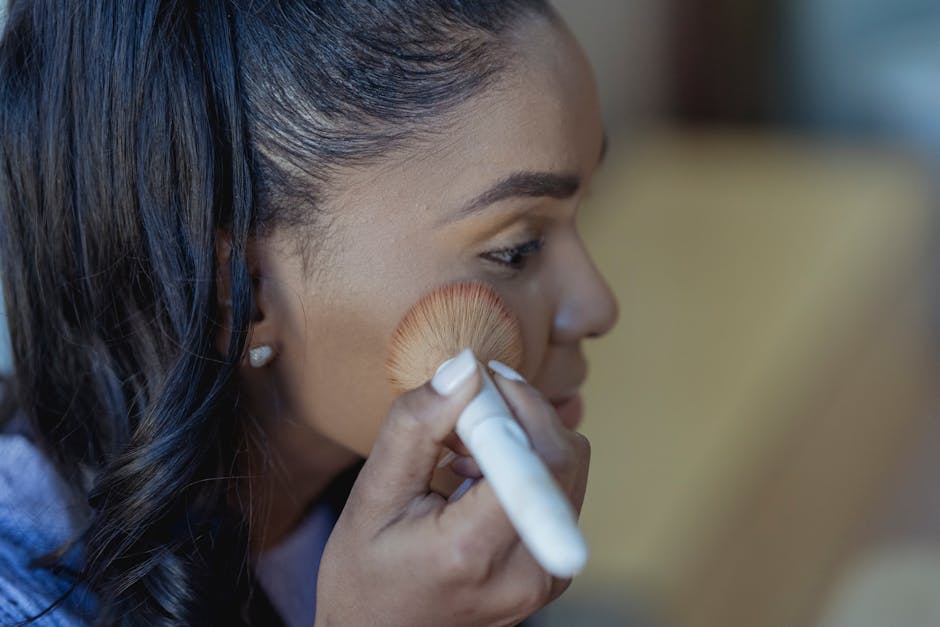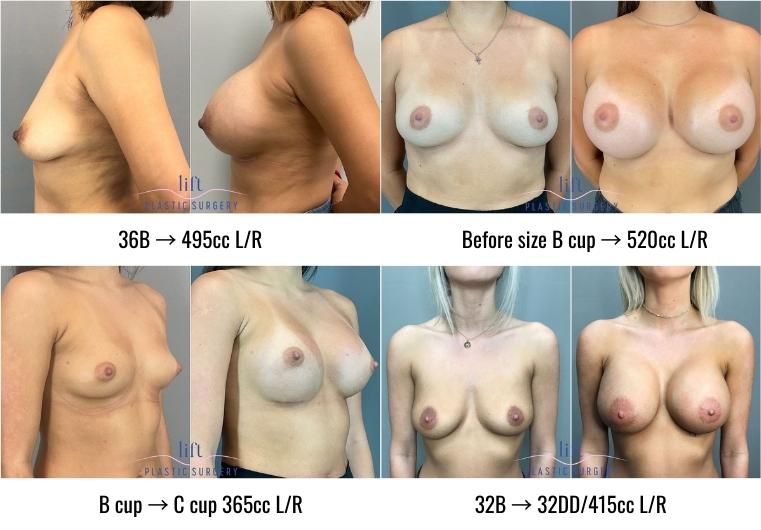Introduction to Facial Contouring
Facial contouring is the art of changing the shape of your face. It can make your face look slimmer, your cheekbones more pronounced, and your jawline sharper. Think of it as a real-life filter that enhances your features. There are different ways to contour your face. Some use makeup, like bronzers and highlighters, to create the illusion of shadows and highlights. Others might go for more permanent solutions, like surgery or injections. The key is to understand what you want to achieve and how each technique can help you get there. Remember, whether it’s a quick makeup trick or a long-term procedure, facial contouring is all about emphasizing your natural beauty.
What is Facial Contouring?
Facial contouring is reshaping the face. Think of it as sculpting with makeup or surgery to highlight the face’s best features and hide the less flattering ones. With makeup, it’s about using dark and light shades to create illusions of depth and light. In surgery, doctors cut or fill to change bone and skin. It’s not just for celebrities; anyone looking to enhance their facial features can explore facial contouring options. Whether it’s to sharpen those cheekbones, slim the face, or tweak the nose, contouring can make a big difference. The goal? To bring out the best version of your face.
Techniques of Facial Contouring: An Overview
Facial contouring is all about shaping your face. It’s like sculpting but with your own features. There are a few main ways to do it. First, there’s makeup. This is where you use products like bronzer, highlighter, and concealer to define your features. It’s all about light and dark areas to create the illusion of depth and structure. You’ve got your creams and powders, and the tools matter—a good brush can make a big difference. Then, there are fillers. Doctors use these to add volume in places like cheeks and lips. It’s quick but not permanent. Next up, fat reshaping. It’s more invasive and involves moving fat from one part of your body to your face. Recovery takes longer but the results stick around. Lastly, surgery. This is the most permanent option. Think nose jobs or cheek enhancements. It’s the most expensive and comes with the longest recovery time. Each technique has its pros and cons, catering to different needs and preferences.
Makeup as a Form of Facial Contouring
Makeup isn’t just about adding color to your face; it’s a powerful tool for facial contouring. With the right techniques, you can highlight your best features and hide what you don’t love. Here’s how it breaks down. You use lighter colors to bring certain areas forward, making them more visible. Think of applying a lighter concealer under your eyes to banish dark circles. Then, you use darker shades to create shadows, which can slim down or reshape parts of your face. Like, if you want your cheekbones to pop, you’d blend a darker color just beneath them. The beauty of makeup contouring is its versatility. Whether you’re aiming for a dramatic evening look or a subtle day-to-day enhancement, adjusting the intensity of your contour can match any vibe. Always start with a clean, moisturized face, and remember, blending is your best friend. Harsh lines are a big no-no, unless you’re going for a theatrical effect. And practice makes perfect. The more you play with contouring, the better you’ll get at enhancing your natural beauty.
Non-Surgical Techniques: Fillers, Botox, and Thread Lifts
When it comes to refining your face without going under the knife, non-surgical techniques like fillers, Botox, and thread lifts are your go-to options. These methods are less about downtime and more about giving your face a fresh, rejuvenated look without the commitment of surgery. Fillers, made from substances that mimic what’s naturally under your skin, plump up areas that have lost volume or smooth out lines. They’re quick, with immediate results, and can last from 6 months to over a year. Botox, on the other hand, relaxes the muscles that cause wrinkles, making it perfect for erasing those frown lines and crow’s feet. Results kick in after a few days and can keep your face smooth for about 3 to 4 months. Thread lifts use medical-grade thread material to lift and reposition the skin for a more defined facial contour. They’re a bit more involved but still far from actual surgery, offering results that can last up to 2 years. These techniques allow you to tweak your appearance without the permanence and risks of surgery, making them a popular choice for anyone looking to enhance their natural features subtly.
Surgical Facial Contouring: Implants and Bone Shaving
Surgical facial contouring is about changing how your face looks using surgery, and it often includes techniques like implants and bone shaving. Let’s break it down. Implants are for adding volume. They’re put in places like cheeks, jaw, or chin to give your face a more defined look. The materials used for implants could be your own tissues or synthetic ones that your body accepts well. Bone shaving, on the other hand, is about precision. It’s used to sculpt the bone in areas that might feel too prominent or not in harmony with the rest of your face, like the jawline or cheekbones. This method can drastically change your face’s shape to match your vision. Both these methods have their risks and benefits, so it’s important to talk with a surgeon who knows what they’re doing. They can guide you toward the best choice for the look you’re aiming for, keeping in mind what’s safest and most effective for you. Remember, it’s about enhancing what you’ve got and making sure you still look like you, just the way you want to.
The Pros and Cons of Each Facial Contouring Technique
When you think about changing your face’s contour, there are several techniques to consider, each with its upsides and downsides. Let’s dive right into the main ones, shall we? First up, we have fillers. They’re quick and non-invasive and can give your face a fuller look immediately. The downside? They’re temporary and can be pricey over time as they typically last from 6 months to 2 years. Next, there’s Botox. It works wonders for reducing wrinkles and can subtly lift certain areas. However, just like fillers, it’s a short-term fix and requires regular touch-ups. Then there’s liposuction. It’s more invasive, targeting fat removal for sharper facial features. The pros are its long-lasting results, but the cons include a higher risk and longer recovery time. Lastly, let’s talk about surgical options such as cheek implants or jawline surgery. These offer permanent changes and can be customized. The clear downside is they carry the usual risks of surgery, including a significant recovery period. Each technique has its place depending on what you’re looking for, but always weigh the pros and cons carefully.
How to Choose the Right Technique for You
Choosing the right facial contouring technique is crucial for getting the results you want. Think about what you want to change about your face. Is it the shape, size, or symmetry that bothers you? Once you’re clear on your goals, consider the options. Surgical procedures like a facelift or liposuction offer permanent changes but come with longer recovery times. On the other hand, non-surgical methods such as fillers or Botox are less invasive, have quicker recovery, but the results are temporary. Always consult with a professional to weigh the pros and cons based on your health, budget, and desired outcome. Remember, what works for someone else may not work for you. Your face is unique, and your choice should reflect the changes you want to see in the mirror.
Preparing for Facial Contouring: Tips and Considerations
Before you dive into facial contouring, there are a few things you need to think about. First off, know your goals. What exactly are you looking to change? Is it your cheekbones you want more defined, or is it the jawline that’s been bothering you? Being clear on this with your doctor will help a lot. Next up, research is key. Look for a doctor who’s not just skilled, but also experienced specifically in facial contouring. Their portfolio should impress you. Then, get ready to discuss your health honestly. Your medical history, any medications you’re on – your doctor needs to know. It’s all about ensuring you’re fit for the procedure and minimizing any risks. Also, brace yourself for the recovery process. It’s not just about the procedure but the days and weeks after. You’ll need to follow your doctor’s advice closely to heal right and see the best results. Lastly, understand the costs. It’s not just the procedure but also any follow-up care you might need. Make sure you’re prepared financially. With these tips, you’re better equipped to face facial contouring head-on.
Aftercare and Long-Term Maintenance of Facial Contouring Results
Taking good care of your face after contouring is key. Right after the procedure, expect some swelling, bruising, and discomfort. Your doctor will give you guidelines, follow them. These might include using cold packs to reduce swelling and avoiding activities that could harm your face. Sleeping with your head raised can also help decrease swelling. It’s not just about the first few days, though. Long-term, protect your skin. Use sunscreen every day. The sun can damage your skin and affect the contouring results. Also, keep a healthy lifestyle. Eating right, staying hydrated, and not smoking can all help your skin stay in good shape. Remember, your face will still age. Over time, you might see changes. Some people choose to have touch-up procedures. Talk to your doctor about what you can do to keep your results looking their best. It’s about taking care of yourself, inside and out.



